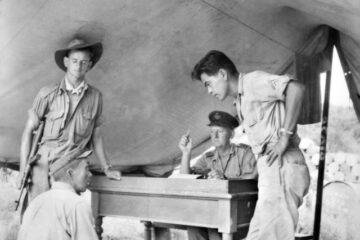The United States 7th Fleet is responsible for operations in the Western Pacific Ocean. It was formed on March 15, 1943, in Brisbane, Australia, during World War II.
The fleet was initially commanded by Vice Admiral Arthur S. Carpender, and it consisted of the cruisers USS Minneapolis and USS New Orleans, and four destroyers.
During World War II, the United States 7th Fleet did include a number of Dutch vessels. As much of 30% of the destroyers were Dutch ships. One of the most notable Dutch ships that served with the 7th Fleet was the destroyer Tromp. It was one of the most modern and powerful cruisers in the Dutch fleet, and it had been on patrol in the Pacific when the war broke out. The ship was the first one to reach Australia on February 27,1942. It was damaged during the Battle of Bandung Strait by the Japanese destroyers Asashio and Oshio on February 19, 1942. It was send for urgent repairs to Sydney. The ammunition for the guns and torpedoes were taken off board and she is taken in drydock two days later at Cockatoo Island. She was extensively modified in the long overhaul following. She received 2 x 75 mm guns and 6 new 20 mm Oerlikons, a Radar and Asdic. The 40 mm AA guns are repositioned on the centerline and the after depth charge thrower is deleted. Repairs were finished by late April,
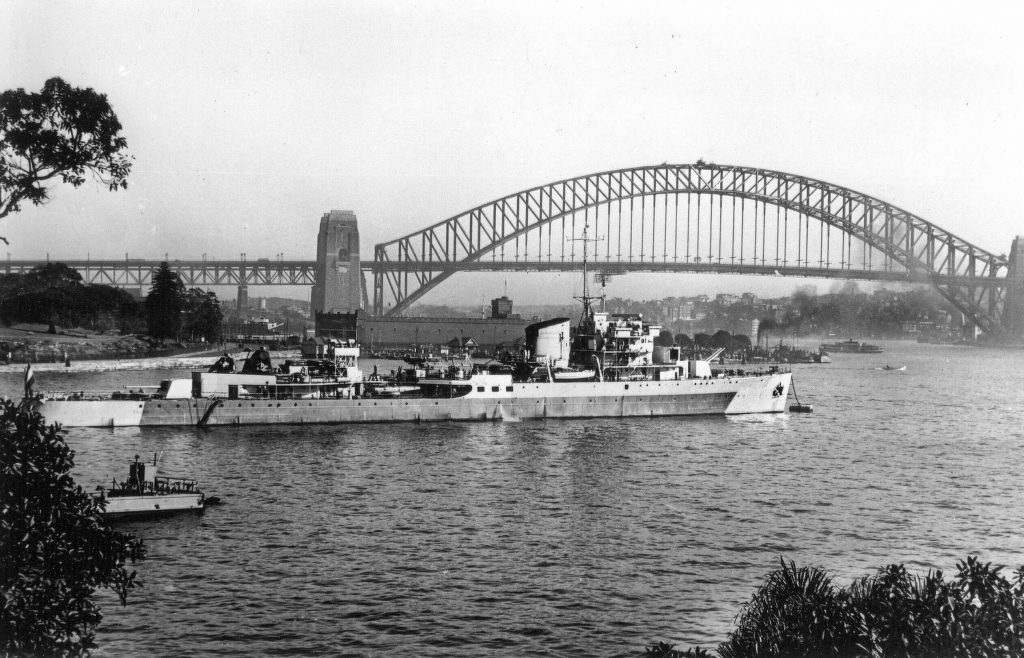
She was mainly used to escorts convoys along the West Australian coast.
In addition to the Tromp, the 7th Fleet also included a number of other Dutch ships, including destroyers, submarines, and patrol boats. Several minesweepers were used to keep the entrance to Fremantle safe, one of them the Abraham Crijnssen was used along the east coast of Australia. Some of the submarines were used for offensive operation along the coast of NEI. These Dutch vessels played an important role in the Pacific War, and they were involved in many of the key battles and operations in the region.
After the war, the Dutch Navy was rebuilt with the help of the United States, and the two navies continue to work closely together to this day.
The Dutch merchant fleet supported the 7th Fleet
After the fall of the Netherlands in May 1940, the Dutch merchant fleet became one of the largest Allied fleets. After the fall of the Netherlands East Indies and as part of the Pacific War Council (formed in April 1942) the Dutch government-in-exile placed its ships at the disposal of the Allied forces.
The Dutch merchant fleet included a wide range of ships, including cargo ships, tankers, and passenger liners, many of which were among the largest and most modern in the world at the time. These ships were used to transport troops, supplies, and equipment to the Pacific theatre, and they played a key role in supporting the operations of the United States 7th Fleet.
One of the most notable Dutch merchant ships that served with the 7th Fleet was the SS Tjisalak, a passenger liner that was converted into a hospital ship. The Tjisalak was used to evacuate wounded soldiers from battle zones, and it saved many lives during the war.
Three more pictures from the archives of the Royal Netherlands Navy of the HNLMS Tromp in Australia/
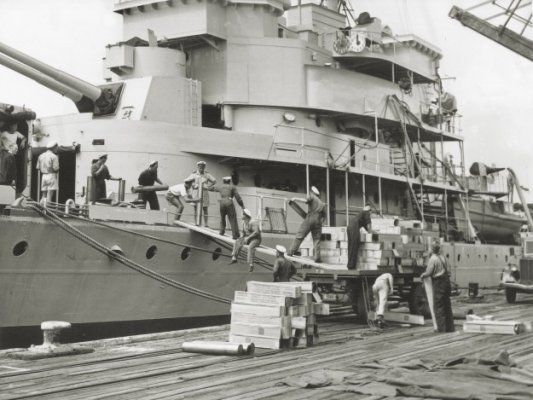
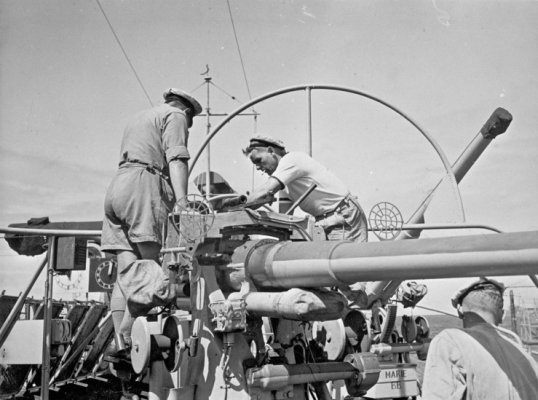
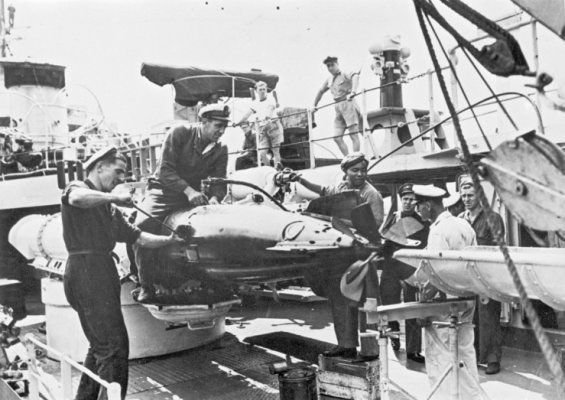
See also:
